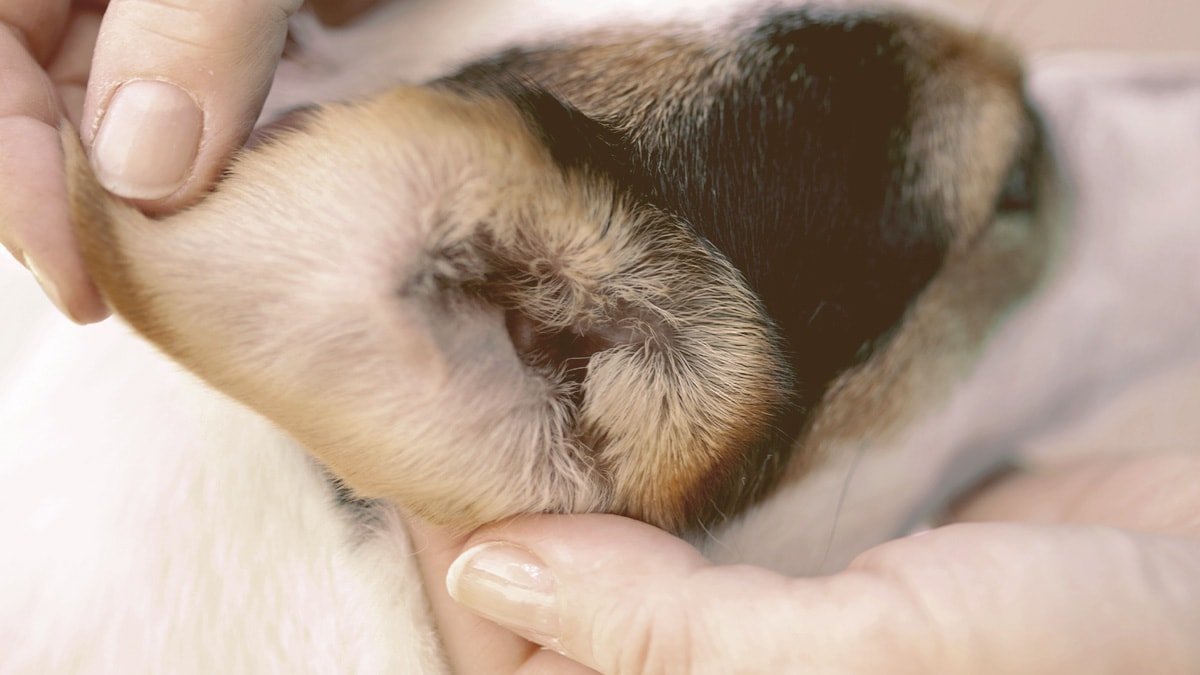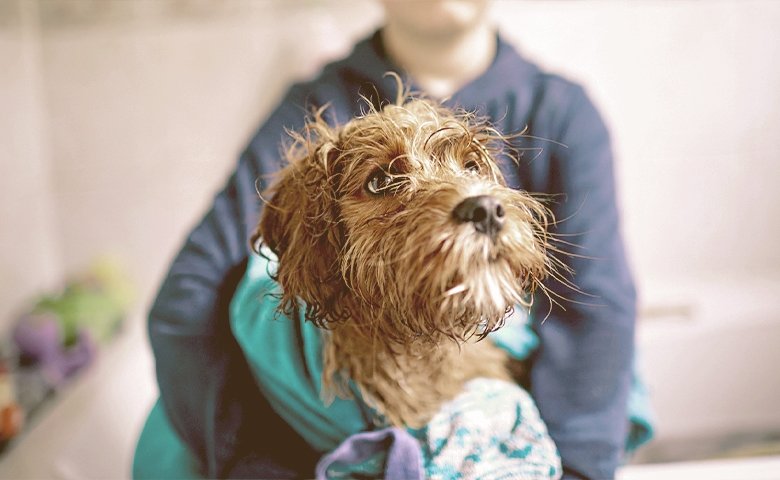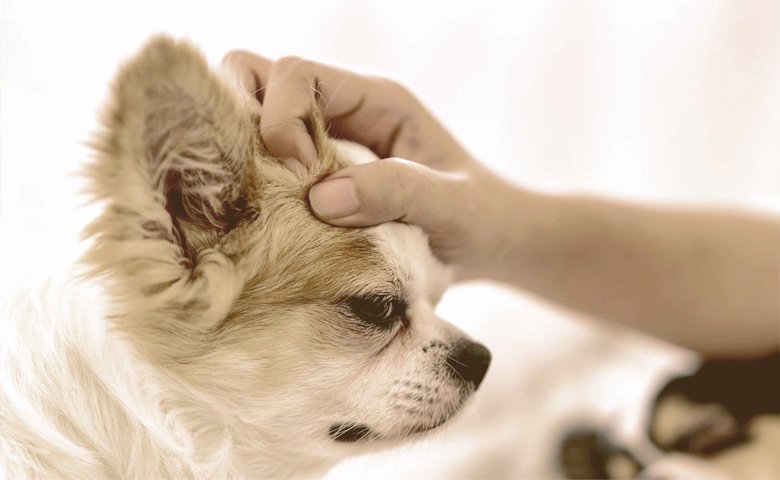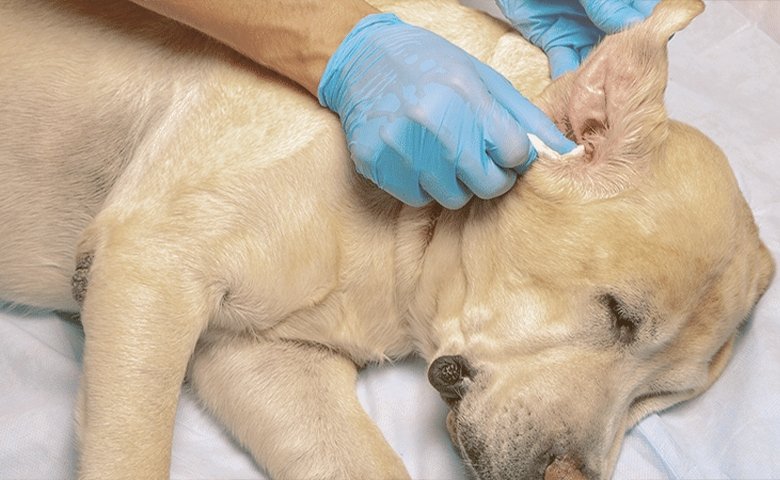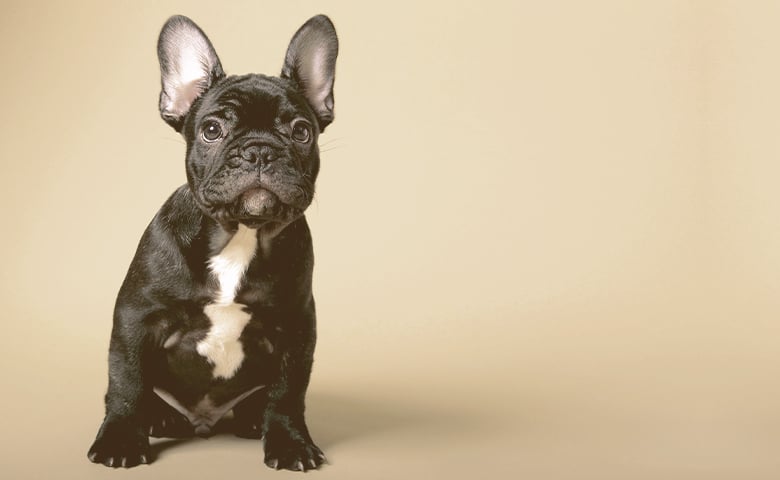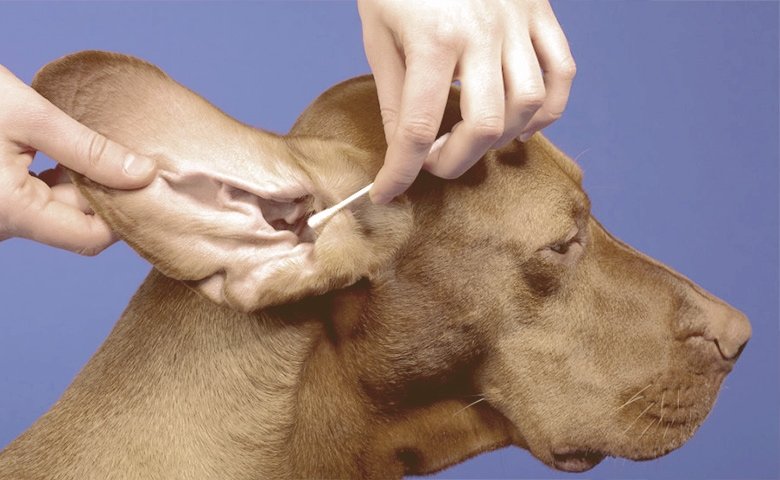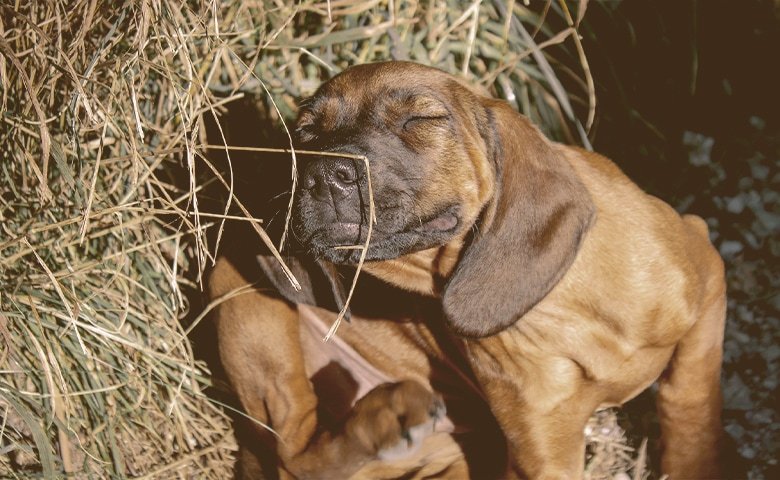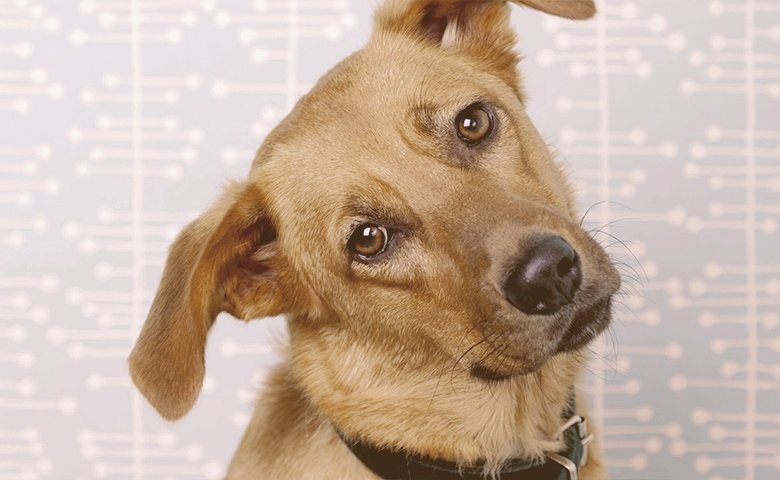What Is the Brown Stuff in Your Dog’s Ears?
Alex Vicente • Updated on August 22, 2023
- This review contains affiliate links. Read more here.
- Not a substitute for professional veterinary help.
Dogs are known for keeping themselves clean and well-groomed. While that natural instinct may help their fur and paws, it doesn’t do anything for their ears. Sometimes, you may notice brown, built-up gunk in your dog’s ears. What is that?
Brown stuff in a dog’s ear could simply be wax or dirt and does need to be removed. Cleaning out the ear with a gentle pet ear cleaner will help you determine if it is just normal build-up or if there could be more to it. Brown wax can also mean mites, infections, or wounds.
Ear wax is essential to keeping your pet’s ears clean and free from dust and particles floating in the air that could create problems in their eardrums. It can also be a sign that your pet is in need of treatment for a number of different reasons. Let’s take a look at why your dog may have brown stuff in its ears.
Contents
Table of Contents
What is the Brown Stuff in Your Dogs Ears?
As mentioned, the brown stuff in your dog’s ears could be nothing, or it could be a sign telling you to take a closer look. This brown build-up could be a few different things that may be hurting your furry friend and creating more damage the longer it is left untreated.
Ear Infection
Just as with humans, there are two different types of ear infections your dog could be suffering from. Outer ear infection and an inner ear infection. Here’s how to tell which one you are dealing with.
| Outer Ear Infection | Inner Ear Infection | |
|---|---|---|
| Description | An outer ear infection can produce yellowish-brown or reddish-brown discharge. There will be a noticeably foul odor when you are near your dog's ear. If your dog has an outer ear infection, he will most likely twinge if the ear is touched and may be seen shaking his head. | It is easy for an outer ear infection to travel into the canal and cause an inner ear infection. If this is the case, you will see a brown discharge, and your dog may act strangely, possibly walking sideways or in circles. |
| Cause | Most outer infections are the result of too much moisture in the dog's ear. This is more common with dogs that have floppy ears that cover the ears opening, not allowing them to dry quickly. |
The most common cause of an inner infection can be linked to an untreated outer ear infection.
But this can also occur after your dog has had an illness or viral infection. |
| Treatment | A veterinarian visit is more than likely going to be your only solution. To clear the infection, he is going to need a fungal cream and/or antibiotics to treat the infection. | Your veterinarian will most likely need to prescribe an antibiotic and/or flush your dog's ears. |
| Outer Ear Infection | |
|---|---|
| Description | An outer ear infection can produce yellowish-brown or reddish-brown discharge. There will be a noticeably foul odor when you are near your dog's ear. If your dog has an outer ear infection, he will most likely twinge if the ear is touched and may be seen shaking his head. |
| Cause | Most outer infections are the result of too much moisture in the dog's ear. This is more common with dogs that have floppy ears that cover the ears opening, not allowing them to dry quickly. |
| Treatment | A veterinarian visit is more than likely going to be your only solution. To clear the infection, he is going to need a fungal cream and/or antibiotics to treat the infection. |
| Inner Ear Infection | |
|---|---|
| Description | It is easy for an outer ear infection to travel into the canal and cause an inner ear infection. If this is the case, you will see a brown discharge, and your dog may act strangely, possibly walking sideways or in circles. |
| Cause |
The most common cause of an inner infection can be linked to an untreated outer ear infection.
But this can also occur after your dog has had an illness or viral infection. |
| Treatment | Your veterinarian will most likely need to prescribe an antibiotic and/or flush your dog's ears. |
Mites
Mites are a fairly common reason for the brown stuff you can find in your dog’s ears.
- Symptoms: Besides the discharge, other signs that your dogs have mites include an odor from their ears, excessive itching of the ears, and/or shaking their head.
- Cause: Mites are tiny insects that your pup can pick up from the grass and heavily wooded/weeded areas. Your dog can even spread these little pests from one animal to another.
- Treatment: There are ear mite treatments in any local pet store or on pet supply websites for fairly cheap. You can also take your pet to the vet’s office, and they can prescribe some medication as well.
If mites are the issue, your veterinarian will also be able to treat any other problems that prolonged exposure to the mites may have caused, such as an infection or cuts from scratching.
Dirt or Wax
The brown stuff in your dog’s ear may simply be a little wax, dirt, or something else they were able to get into. If you clean your dog’s ears, be sure not to get too much water or moisture in the canal.
If you need to, it is safe to use a baby wipe or soft cloth and warm water to gently wipe the inside of your dog’s ears.
Although a little wax is fairly common, normally, you are not going to see this just by looking at your pup’s ears. So, if you wipe it off and it keeps coming back, it’s likely it’s more than just a wax problem.
What Should Your Dog’s Healthy Ears Look Like?
When you peek inside your pup’s ears, they should never have anything in them at all. You should see a nice pale pink coloring, and it should be dry.
Healthy dog ears will not have an odor, and they won’t have any type of gunk or discharge, including brown stuff.
If you want to keep your dog’s ears healthy, always keep them dry after swimming or bathing. Regular, gentle cleaning can also help prevent infection.
How to Safely Clean Your Dogs Ears
When you clean your dog’s ears, it must be done safely and with the proper equipment. Never stick anything deep into your pet’s ears like Q-Tips or Cotton swabs. You could risk puncturing the eardrum, cutting the inner ear, or pushing dirt and debris back towards the eardrum and causing it to build up and impact the ear.
- Take an over-the-counter ear cleaner (you can also use mineral oil or olive oil) and place a small amount into the ear canal.
- Use your thumb and rub the solution into his ear. Press the outside of the ear canal and massage it from the fur side. (You should hear squishing, that’s good)
- Dry up around the ear flap and the ear canal’s outer edge with a dry cloth and allow the rest to dry naturally.
Note: Use any solution very sparingly, allowing the solution to clean the ear but not saturate it.
What Happens if an Infection or Mites are Left Untreated?
If your dog’s ears are left untreated, whether infested with mites or infected, it could lead to much more severe issues. Untreated ear problems can lead to more severe infections, extreme pain, deafness, and hematomas (Ear flaps fill with blood from whipping their heads back and forth often.) Hematomas will require surgery to drain and repair.
Mites left untreated can cause the same issues above but can also jump from your dog to another animal. It is essential that if you own more than one pet, you treat them all for mites, even if only one of them is showing symptoms. Below are common symptoms letting you know not to wait: your dog’s ears are in need of treatment:
Signs Your Dog’s Ears Need Treatment
If you notice one or more of these symptoms, it is better to be safe than sorry. Take your dog to the vet for an evaluation of what may be happening in their ears:
- The skin under the ear flap is a bright red
- Foul odor in the ear
- The ear appears swollen.
- Brown/Yellow/Bloody discharge
- Unusual eye movements
- Head tilting
- Rapid or constant head shaking.
- Whimpering or groaning
- Unbalanced/walking in circles/pacing
Any one of these is reason enough to make an appointment, but if you notice two or more, make sure not to wait.
To Sum Things Up
As a responsible owner, you never want your dogs to be in pain or feel uncomfortable. That is why it is important to determine whether the brown stuff in their ears is harmless or the sign of something more.
Sometimes ear infections or other ear problems are unavoidable. Dogs are curious creatures and will get into situations that will promote dirt and grim to make its way inside their ear canals and cause cuts and scrapes that may end up getting infected. Always act quickly if you suspect infection or mites are the cause of brown build-up in your pup’s ears.

